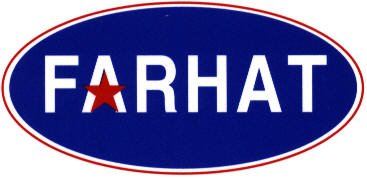The following is the latest information available.
There are still many areas of uncertainty,so please be aware that this information is subject to change. Additional information will be provided as it becomes available.
The following summarizes the anticipated impact to government agencies:
FHA
FHA Connection is expected to be operational and lenders should be able to obtain case numbers, perform CAIVRS checks, obtain insurance endorsements, and pay upfront MIP premiums.
Loans with a case file number, approved appraisal, clear CAIVRS and FHA approval(if test case)may close provided all other standard requirements are met.Potential issues include:
System issues preventing case #s from being obtained
Support staff may not be available to assist with loan level issues
Uncertainty concerning loans submitted for a case number but placed “On Hold”
Uncertainty concerning the ability to obtain FHA Project Approval if project is not FHA approved
Uncertainty concerning the ability to have a case number transferred from another lender
VA
Loans with an approved appraisal and clear CAIVRS may close (provided all other standard requirements are also met).
The VA has issued the following statement:
Impact: The VA Home Loan Guaranty Program will continue to operate as normal in the event of a Government shutdown.
Lenders and Servicers should continue normal activities which include but are not limited to,the following:
(1) Lenders should continue to submit funding fees through the VA Funding Fee Payment System;
(2) Lenders can obtain their Loan Guaranty Certificates in the WebLGY system;
(3) Lenders can continue to order and receive appraisals and issue Notices of Value;
(4) Lenders and Veterans can continue to obtain a Certificate of Eligibility online through the appropriate systems; and
(5) Servicers can continue to perform loan modifications,submit claims and receive claim payments, and convey properties to VA.
USDA
Loans with a USDA Conditional Commitment that does not contain provisional “subject to” language and with clear CAIVRS may close (provided all other standard requirements are also met).
Potential issues include:
May not be able to issue new commitments or Loan Note Guarantees
May not operate GUS
Support staff may not be available to assist with loan level issues


